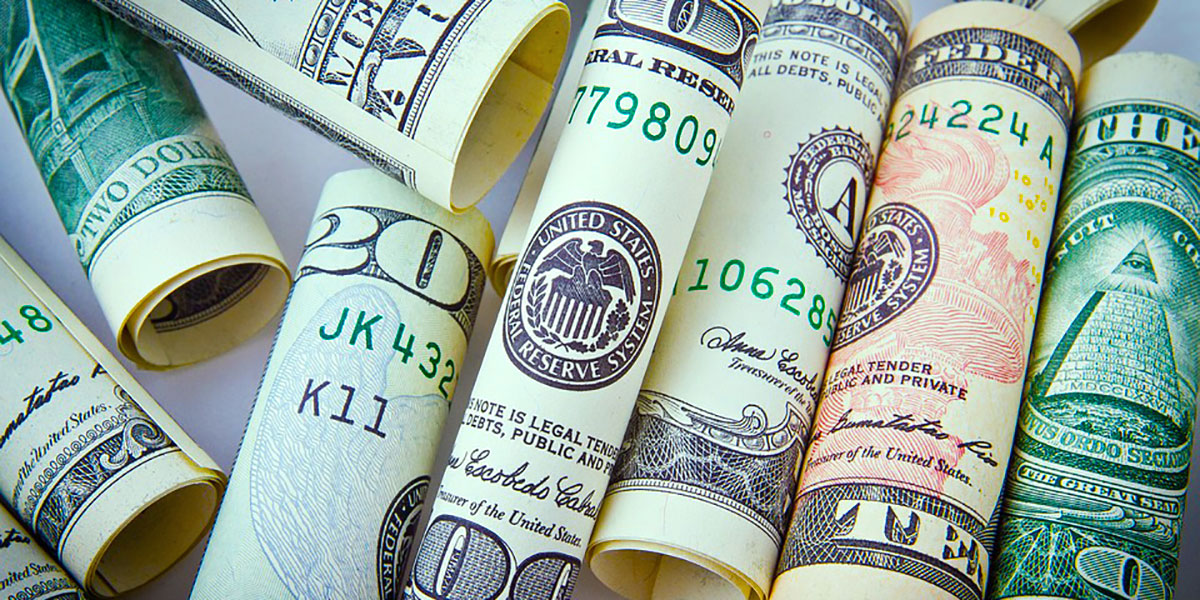Can you imagine a cashless world? The rise of mobile payments has certainly provided some primary steps on the road to a paperless currency system. Although we are still well off from becoming totally cashless, it is clear that we are in a transitional state.
Photo courtesy of Pixabay
__________________________________________________
With the rise of mobile payments people are gaining more reasons to switch to electronic currency.
But how long will it take for the United States to become completely cashless?
Realistically, becoming an entirely electronic country takes a lot of work and time, but a hybrid system seems to be the most logical and beneficial.
Cash is still very useful with small transactions, such as for vending machines, and many people want a sense of security brought about by the feeling of the bills being held in their hand.
In “The Sinister Side of Cash,” writer Kenneth S. Rogoff, from The Wall Street Journal, discusses the downsides to physical currency.
Rogoff explains that paper fuels corruption by catering to crime and illegal immigration through paying people off the books.
“Cash is also deeply implicated in tax evasion, which costs the federal government some $500 billion a year in revenue,” Rogoff notes. And, according to the Internal Revenue Service, “a lot of the action is concentrated in small cash-intensive businesses, where it is difficult to verify sales and the self-reporting of income.”
Not only are there dangers when it comes to paper money, but many people fear the potential threats associated with becoming a cashless society.
Liz Alderman, the chief European business correspondent for The New York Times, documents Sweden’s struggles with becoming the first cashless nation, in her article, “In Sweden, A Cash-Free Future Nears.”
“Not everyone is cheering. Sweden’s embrace of electronic payments has alarmed consumer organizations and critics who warn of a rising threat to privacy and increased vulnerability to sophisticated internet crimes.”
The United States is not quite prepared for this drastic change.
For Americans to feel comfortable in transferring to electronic currency, there must be drastic improvement in protecting personal information from hackers in all areas, including banks and businesses.
“In particular, compared to 2011, households in 2013 had slightly higher levels of employment and income, and were slightly older and better educated. These characteristics are all associated with a higher likelihood of having a bank account,” said a 2013 survey from the FDIC.
One challenge for the U.S. becoming cashless is there is a section of our society whose members do not have bank accounts and would therefore be disenfranchised by the change.
In an article by Samantha Masunaga, a reporter for The Los Angeles Times, the changes being made to the smaller dollar bills in 2020 are put into perspective from the standpoint of updating the look to reduce counterfeiting.
Treasury Secretary Jacob J. Lew announced last year that abolitionist, humanitarian and Civil War spy Harriet Tubman will replace Andrew Jackson on the front of the $20 bill, becoming the first woman in more than a century and first African American pictured on the front of a U.S. paper note. Jackson will be featured on the back of the bill alongside an image of the White House.
Although the United States is making changes to its paper currency to reduce the effects of counterfeit bills, and to make our system more secure, the idea of a completely electronic system has its benefits.
Safety of others would be a huge advantage in the shift. Petty crimes, such as robberies in fast food or gas stations, would become irrelevant.
Budgeting your life would be easier to track and payments to debtors would not depend on the mail system.
In the past 20 years, electronic payments have increased significantly as more consumers continue moving in this direction. In fact, an article in The Atlantic notes that in 2000 checks were used in more than 40 billion transactions, a number that plunged to 20 billion by 2012.
We live in an electronic monetary transaction age and as Americans we need to embrace change and the future. It’s coming a lot faster than we might think.
